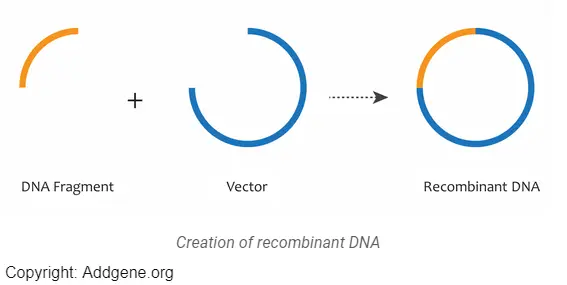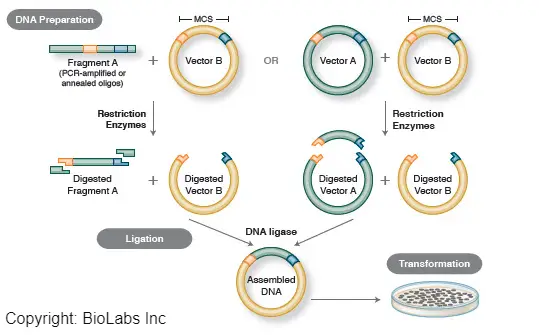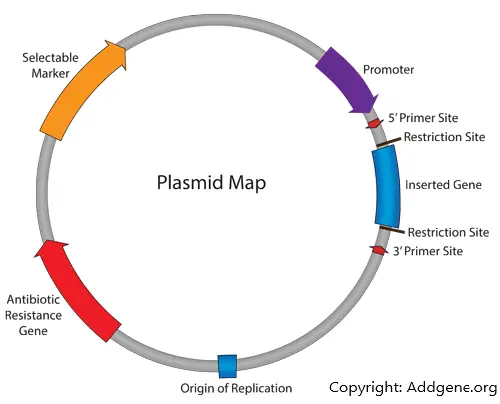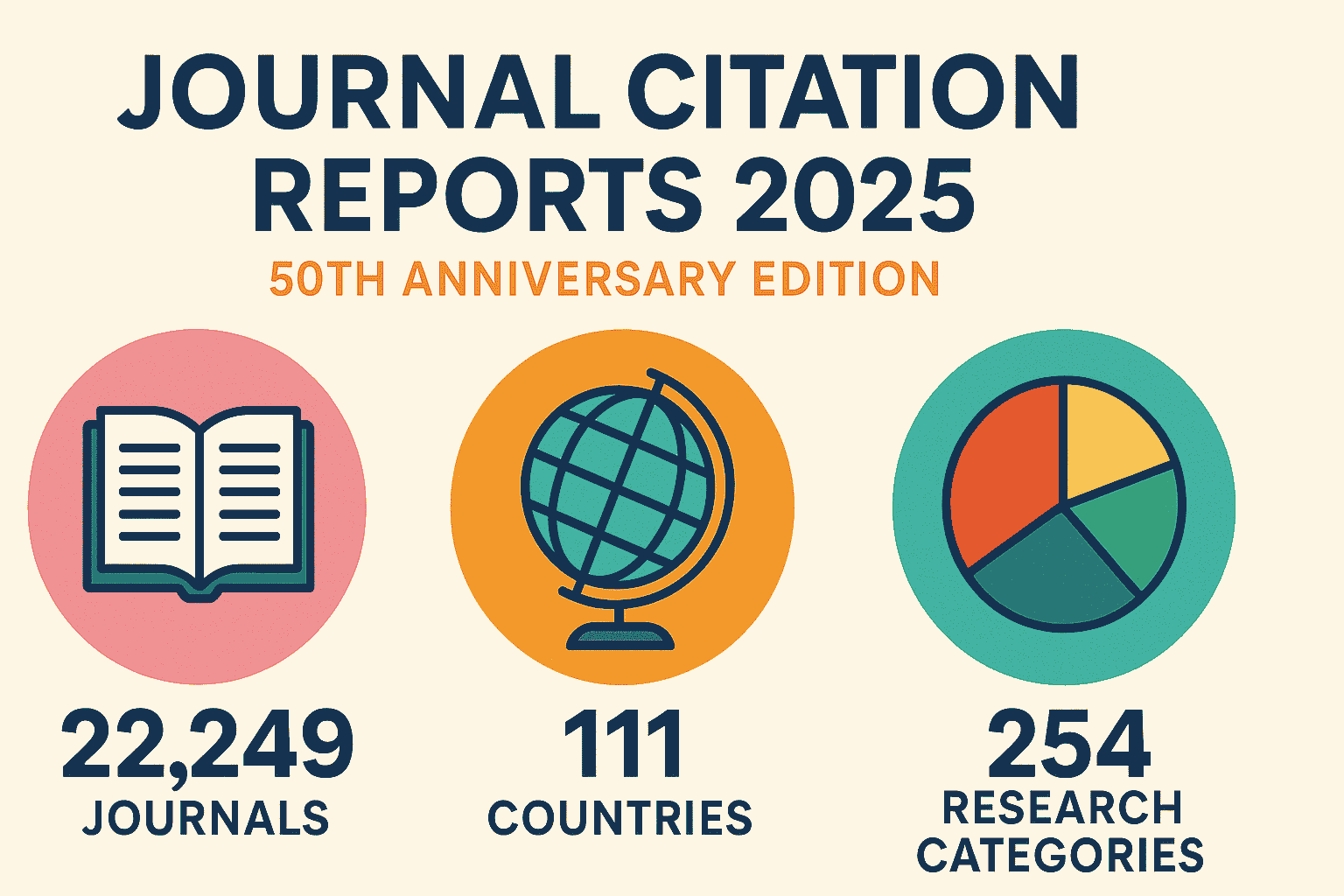A complete guide to molecular cloning technology
A complete guide to molecular cloning technology
Contents
- What? The concept of molecular cloning
- Why? Principle of Molecular Cloning
- How? General experiment process
The birth of genetic engineering molecular cloning technology in the early 1970s pushed life science research into a new era of rapid development, and many biological problems have been solved through breakthroughs using it as the entry point of research. Genes can be transferred and expressed between species, genetic engineering drugs have been developed, gene therapy has been realized, and new agricultural varieties such as genetically modified plants and animals have been bred. Biological evolution has since entered the historical process of human knowledge intervention. The realization of ” human genome sequencing “, which was rated as one of the three major scientific achievements of the century, is also a masterpiece of mankind based on molecular cloning technology. The content of life science is no longer a platter of fragments but a unified biology that integrates the concepts of molecular biology and cell biology.

Figure 1. Molecular Cloning, the Creation of Recombinant DNA
1. What? The concept of molecular cloning
Molecular cloning (gene cloning/DNA recombination/vector construction) technology provides a method of purifying and amplifying specific DNA fragments at the molecular level. Often contain target genes, insert them into cloning vectors by in vitro recombination to form recombinant cloning vectors, introduce them into suitable hosts for replication and amplification by means of transformation and transduction, and then separate and purify them from the screened host cells. The required cloning vector can obtain many copies of the inserted DNA so as to obtain the amplification of the target gene. Its main purpose is to amplify a large number of target genes to prepare for the next step of gene function research. It can be applied to the research of protein expression, virus packaging, gene therapy, cell therapy, mRNA vaccine, RNAi interference, cell function, etc.

Figure 2. Molecular cloning technology
2. Why? Principle of Molecular Cloning
Molecular cloning technology can simply be understood as covalently linking DNA fragments (or genes) to vectors, introducing them into host cells, and screening to obtain recombinant clones. The first step in the molecular cloning method is to obtain the desired insert (target gene). The target gene can be DNA or mRNA from any cell type of eukaryotes or prokaryotes, or it can be directly synthesized in the laboratory. A DNA sequence containing the target gene is obtained by isolating genomic DNA or cDNA (cDNA is synthesized by in vitro reverse transcription of mRNA) by PCR, enzyme digestion, and other techniques, and the product is purified and connected to a linearized carrier. The most commonly used carrier is the plasmid vector, which is a small circular DNA molecule—the most commonly used and simplest carrier in genetic engineering. Compared with natural plasmids, plasmid vectors usually carry one or more selectable marker genes (such as antibiotic resistance genes) and a synthetic multiple cloning site sequence containing multiple restriction endonuclease recognition sites And removed most of the non-essential sequences to reduce the molecular weight as much as possible, so as to facilitate the genetic engineering operation. The cleaved vector and exogenous DNA (target gene) with the same restriction endonuclease (such as EcoRI, etc.) can be end-compatible by cutting the vector and exogenous DNA. The carrier and the prepared target DNA are mixed and subjected to a ligation reaction under the action of DNA ligase, thereby completing the construction of the recombinant DNA.
After completing the recombination of the target gene and the vector, it is not over yet! The recombinant DNA is introduced into a host organism (Escherichia coli is generally chosen) for massive replication. Under certain chemical conditions or physical stimuli, the engineering bacteria as the host will change the permeability of its cell membrane so that it is easy to absorb the foreign gene attached to the cell surface into the cell, and this process is called transformation. It is easy to identify the engineered bacteria that have successfully introduced the target gene by using the selectable marker, such as antibiotic resistance screening – all the engineered bacteria that have been successfully introduced into the recombinant vector have acquired certain antibiotic resistance, while the engineered bacteria that have not been introduced cannot contain the antibiotic. Growth in the culture medium is the screening of preliminary positive strains. Subsequent corresponding positive monoclonal identification and plasmid sequencing completed the molecular cloning experiment satisfactorily.

Figure 3. Plasmid map
3. How? General experiment process
The entire molecular cloning begins with the design of primers, and according to the corresponding nucleic acid sequence of the target protein to be obtained, design specific primer molecules containing enzyme cleavage sites and required Tags. The rest is to obtain the target gene, enzyme digestion, ligation, transformation and screening, bacteria liquid PCR, or enzyme digestion identification and sequencing comparison. The main experimental process is shown in the figure below. Different cloning methods (which we will continue to introduce in the next issue) will have different steps in enzyme digestion and ligation, and the overall process is basically the same.

Figure 4. General flowchart of molecular cloning technology
Sharing is Caring…
Discover more from abdullahfarhan.com
Subscribe to get the latest posts sent to your email.









